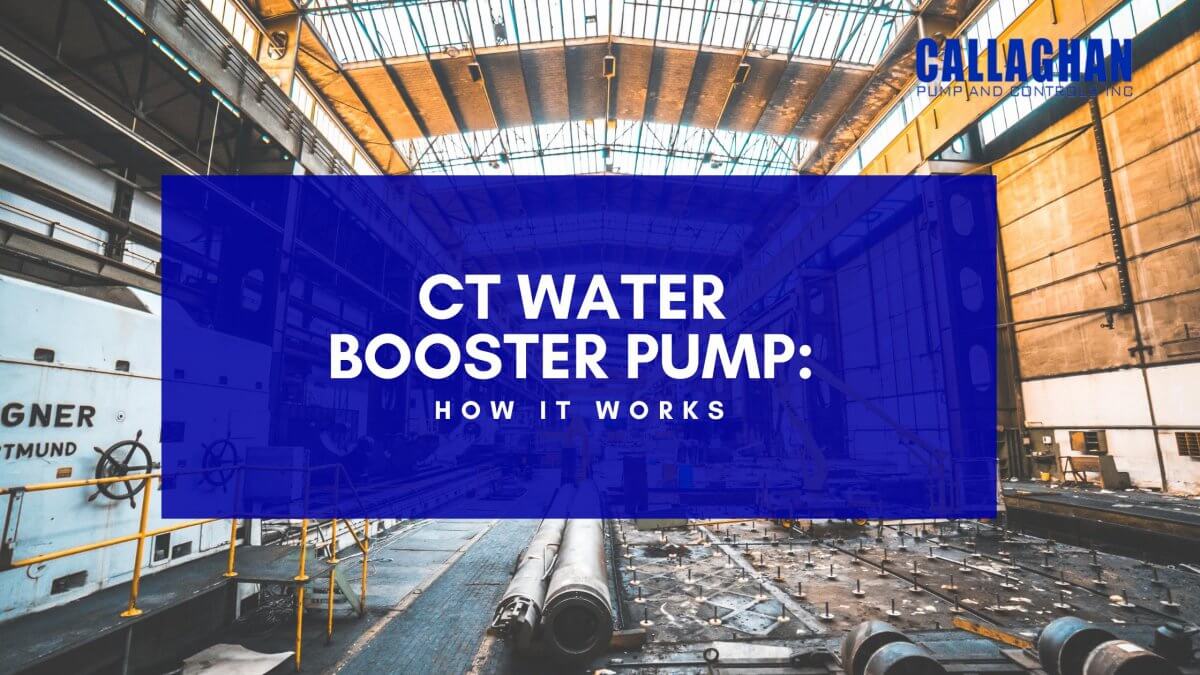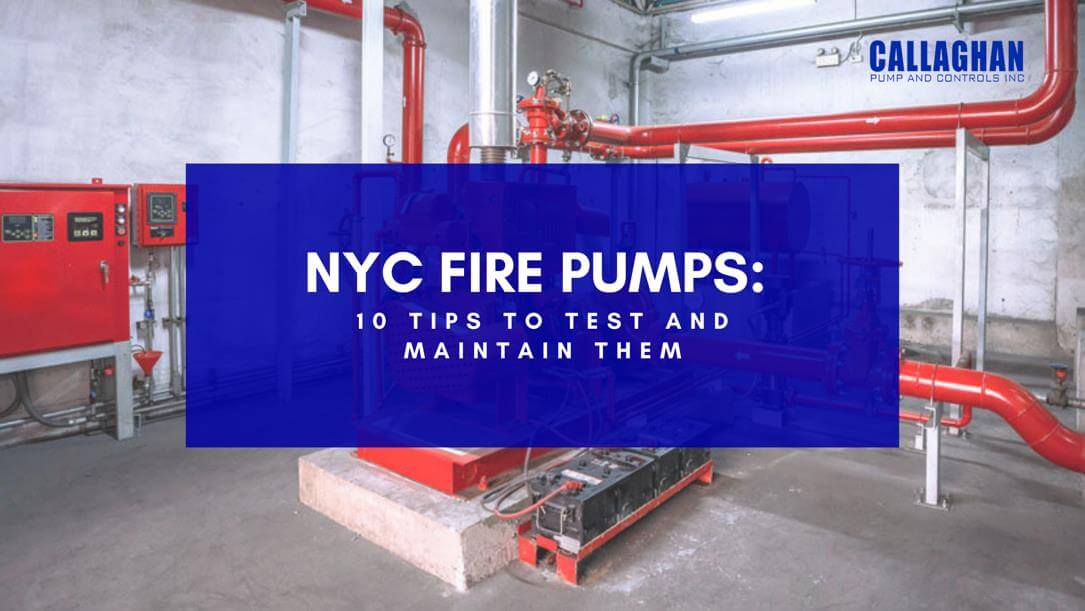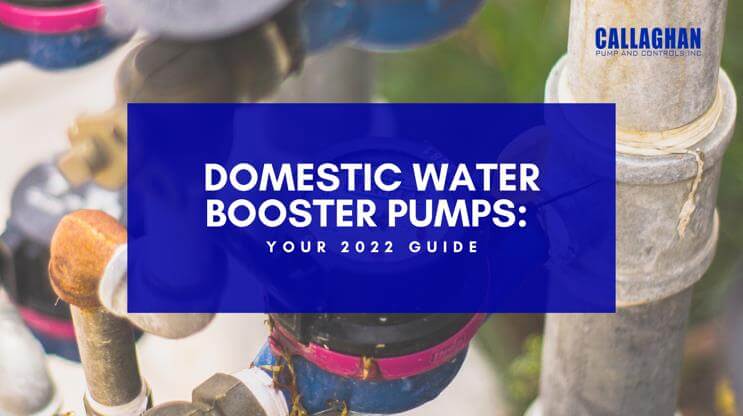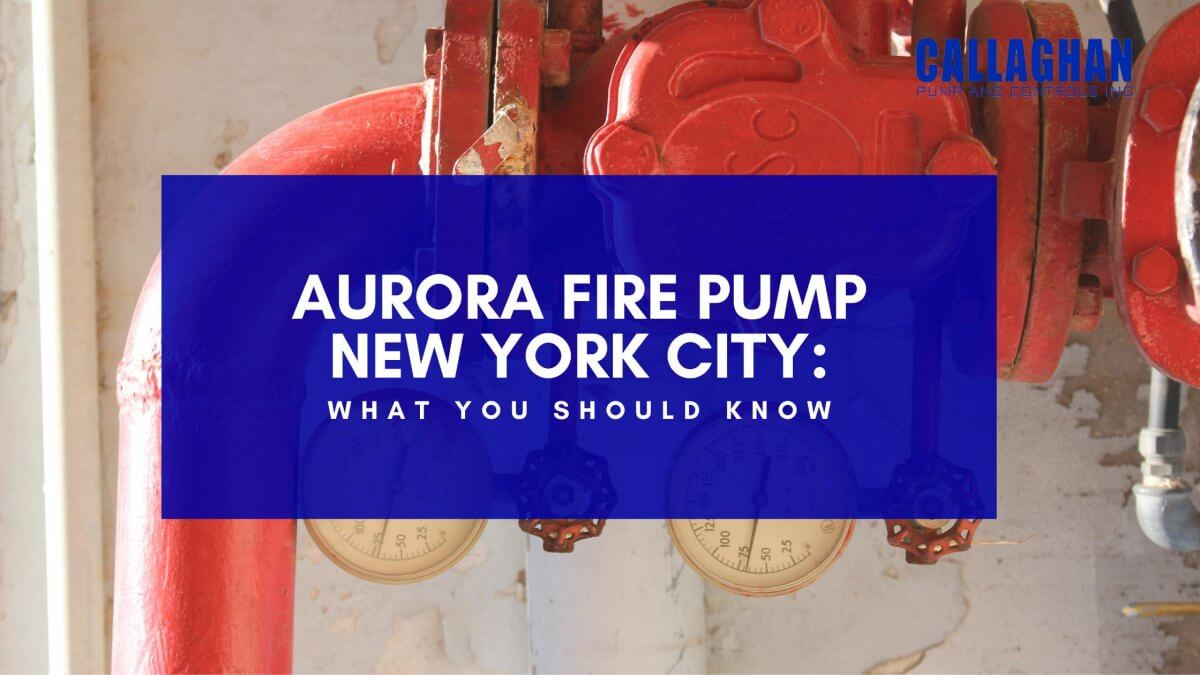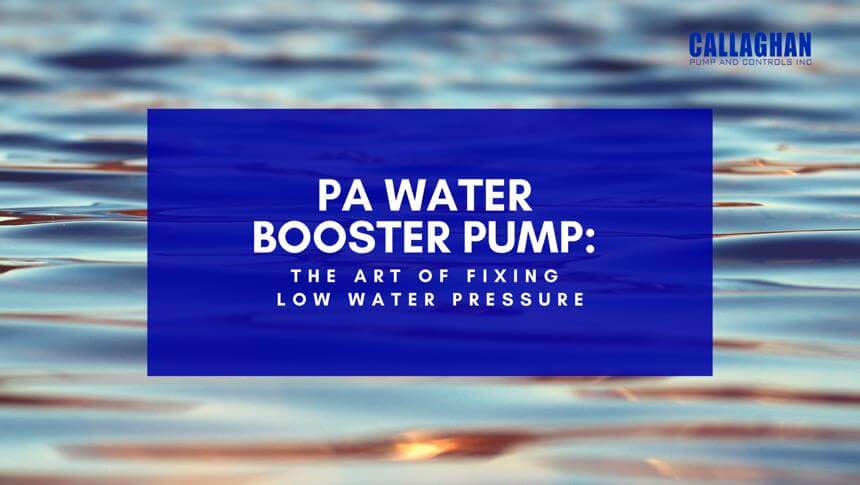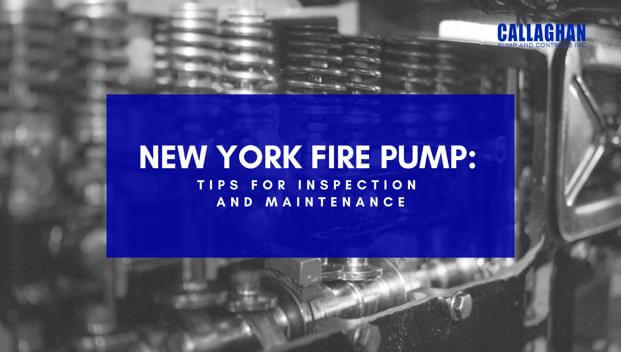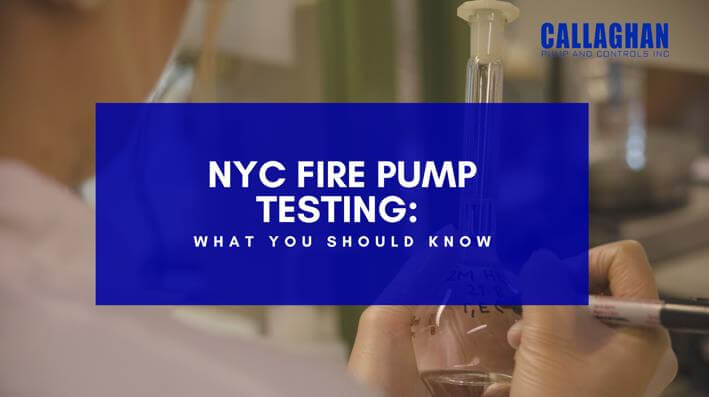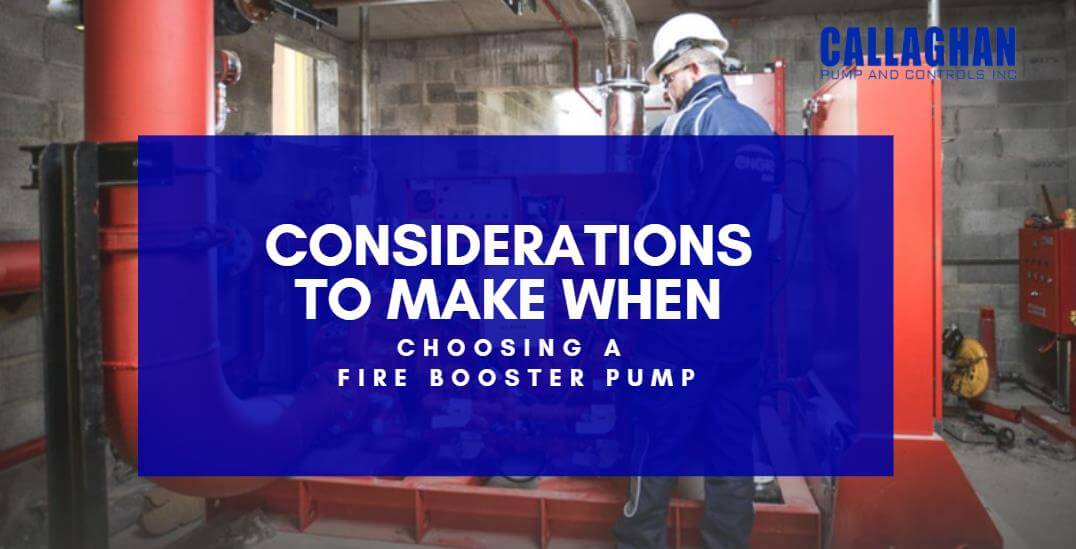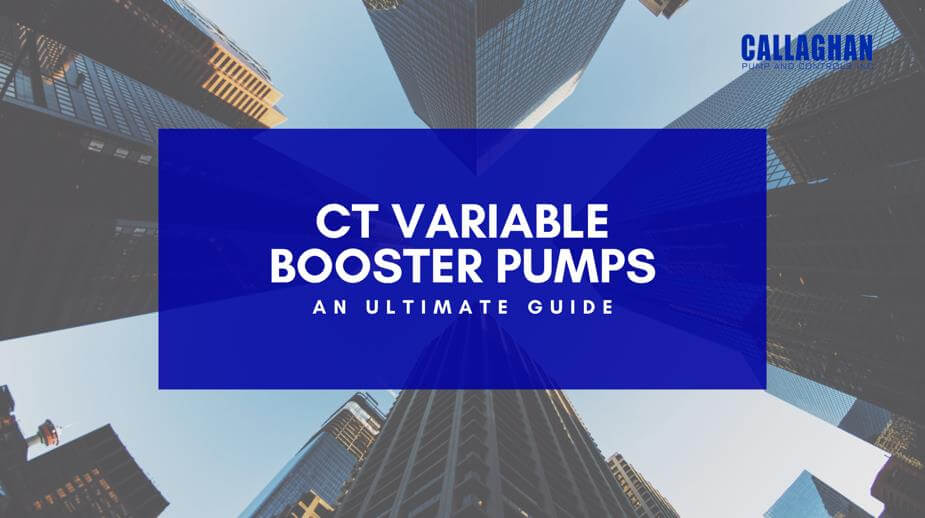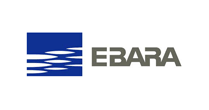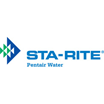You may have heard about CT Variable Booster Pumps, but do you know how they work? Do you know how to maintain them for years? If not, then this is the guide in which you are going to learn everything about water booster pumps. Let’s get started!
Connecticut Variable Booster Pump
A typical CT Variable Booster Pump is installed to increase low water pressure as per the needs of a building. Its main objective is to provide the extra boost required to bring your water pressure to the ideal limit. This is particularly important if your building consists of several stories and has inadequate water supply and pressure. For instance, high-rise buildings install water booster pumps to maintain a healthy water supply throughout the building; this way no occupant faces low water pressure issues.
Water pressure booster pumps have two major types: Single-stage pumps and multi-stage pumps. Single-stage pumps boost the water pressure in only one stage, meaning they use one impeller to increase the water pressure. These pumps are best for smaller applications as they are small and not as powerful as their counterpart. On the other hand, multi-stage pumps use more than one stage for boosting the water pressure. Each stage consists of one impeller, which results in multiple impellers. These pumps are great for larger applications and require more space than single-stage booster pumps.
Most water booster pumps have the same core components: A motor, impellers, inlet and outlet, and a pressure or flow sensing device. You may know, impellers move water that comes in through the inlet. The role of a motor is to spin the impellers. Some water boosters use a spinning propeller, and others use an oscillating diaphragm.
The Working Phenomena of a Water Pressure Pump
The working mechanism of a water booster pump is similar to a fan. First, the water is introduced from the water source into the pump. Later, it strikes the impeller blades that supply kinetic energy. After that, the water is transferred to the volute casing that converts the speed of the water into pressure. In such a way, water pressure is increased and is transferred to the desired height.
Most water booster pumps are generally centrifugal pumps, meaning they have one or more impellers for the compression of the water. The key objective is to boost the pressure and flow of the water. A water booster pump works with a built-in expansion tank, which is closed with an airbag. The operation of the pump is to bring water into the tank, compress the air in the airbag, and then build up water pressure.
It is important to note that domestic water booster pumps are usually available in two different categories: Manually operated pumps that are activated manually by flipping a switch and automatic pumps that self-activate themselves whenever water pressure drops below a certain limit. Manual water booster pumps are cheaper and offer more control when compared to automatic booster pump systems.
Installing a Connecticut Variable Booster Pump
The municipal code allows you to get a clear understanding of why you need a water booster pump. If your water pressure from the main supply is below the required 40 PSI, then you might need to install a water booster pump to meet your needs. You can calculate your water pressure by using a pressure gauge or simply by filling up your bathtub. If it takes a bit too long to fill up, then you should install a water booster pump.
Also, some homeowners livein areas where water pressure tends to fluctuate. In such scenarios, it’s good to install an automatic or manual pressure boosting system. We recommend you avoid unnecessary expenses by installing water booster pumps with the help of a professional.
In Conclusion
CT Variable Booster Pumps are one of the biggest engineering gifts to the modern society. Thanks to advanced technology, inadequate water pressure is no longer an annoyance for homeowners. However, make sure you invest in a sustainable, cost-efficient product, which must be in line with the municipal codes. So if you are ready to install a branded water booster pump in Connecticut, then Callaghan Pump is your one-stop-shop. We have a variety of branded water pressure boosters available in the region. Need help?
Talk to us directly!

